Sublingual THC is one of the easiest and most effective ways to experience everything the cannabis plant has to offer.
Sadly, few people are even aware that it exists. We’re here to remedy that.
In this article, the all-things-cannabis experts at Honest Marijuana discuss the ins-and-outs of sublingual THC so you understand what it is and how to use it.
Sublingwhat?
Yeah, we know. Sublingual isn’t a word most of us use in our everyday speech. Honestly, it sounds kind of dirty, if you ask us (it’s not).
In reality, though, each and every one of you has probably experienced something “sublingual” at least once in your life.
Allow us to explain.
The word sublingual is made up of two basic parts: the prefix sub-, and the adjective lingual.
Sub- means at, to, or from a lower level or position. Basically, under. So, if you had a subbasement in your house, you’d have a basement under your basement (how many times can we say basement).
Lingual means relating to, near, or on the side toward the tongue. Again, basically, it means tongue.
If you want to get really technical (and you have a thing for wordplay — ooh, that sounds dirty, too), lingua (a noun) is the actual word for tongue while lingual (an adjective) refers to the space on or around the tongue.
Sure, it’s splitting hairs, but that’s the English language for you.
Anyway…
So you’ve got sub- and you’ve got lingual. As Cinderella’s fairy godmother sings, “Put ‘em together and what’ve you got?” Sublingual — a really fancy word for under the tongue!
Does our statement from the beginning of this section — that each and every one of you has probably experienced something “sublingual” at least once in your life — make sense now?
If you’ve ever stashed a hard candy or gum under your tongue or held a liquid in that location before swallowing, you’ve performed the basics of sublingual THC.
Congratulations! You’re more skilled than you thought.
The Most Common Form Of Sublingual THC
The most common form of sublingual THC is tincture.
A tincture is a liquid extract made by soaking one substance in another substance.
We know that’s a really general definition and probably not worth much of anything, so we’ll clarify by first focusing on the second substance.
The Liquid
The most common liquid used to make tinctures is alcohol, but other useful liquids include oil (e.g., olive or coconut), vinegar, and glycerin. Having said that, alcohol really does produce the best finished product.
You can also use different types of alcohol such as brandy, vodka, or grain alcohol (Everclear) to produce unique flavors.
“Wait,” you say, “I’m already getting high on sublingual THC. Why would I want to get drunk too?” Rest easy, friends.
With the amount of sublingual THC tincture you take at any one time, you won’t feel anything from the alcohol — just the THC.
The Solid
So we’ve got the liquid—alcohol—but what are we going to soak in it?
If we were making a sublingual THC tincture, we would choose a high-THC strain like Fruity Pebbles or Thin Mint Girl Scout Cookies.
If we were making a CBD tincture, the substance we would choose is a high-CBD/low-THC marijuana strain like Charlotte’s Web or Cannatonic.
The End Result
Once the alcohol and marijuana plant matter are combined, the alcohol dissolves the trichomes, cannabinoids, terpenes, flavonoids, and other chemical goodies and holds them in solution (kind of like mixing up a batch of Kool-Aid).
When you remove the plant matter from the liquid, you’re left with a tincture that is perfect for sublingual distribution.
And to be clear, tinctures aren’t just restricted to the marijuana plant. Any plant, combination of plants, or even animal material (steak tincture is the next big thing!) can be used to make a tincture.
How To Use Sublingual THC
Taking sublingual THC is super easy and discreet.
Here’s how to do it.
- Squeeze a few drops of tincture under your tongue with an eyedropper.
- Hold the liquid there for at least 30 seconds (longer is better).
That’s it cannabrothers and sisters. How much easier can we make it?
No telltale pot smell. No making up excuses why you can’t share your food (‘cause they’re special brownies). No carrying around a bag of equipment. No complicated preparation process.
Just THC goodness and all that goes with it.
Before we move on, it’s essential that you read, reread, and take to heart step two of the process. Do it now. We’ll wait.
For a sublingual THC tincture to be most effective, you have to hold it under your tongue. That means DON’T SWALLOW.
Nothing bad will happen if you do. It will just take longer — sometimes four times longer — before the effects kick in.
So, if you’re looking for a relatively quick kick into high gear, hold the sublingual THC tincture under your tongue for as long as possible without swallowing.
Here’s why this is so important.
How Sublingual THC Works

Osmosis occurs when molecules of a solvent — in this case, the alcohol and all the cannabis chemicals it contains — pass through a semipermeable membrane (i.e., the tissue under your tongue) in order to equalize the concentration of liquid on both sides of the membrane.
When you place a few drops of sublingual THC tincture under your tongue, you create a high concentration in that location. Your body will naturally seek to equalize the concentration on the other side of the “skin” by dissolving and absorbing some of the liquid.
After the drops dissolve under your tongue, they’re absorbed into your sublingual artery.
From there the cannabinoids travel through your external carotid artery, into your internal carotid artery, and then to your brain.
The whole process — from the time you administer the drops to the time you feel their effects — takes about 15 minutes. Pretty cool, huh?
Yes, feeling the effects from a sublingual THC tincture is a bit slower than smoking the same plant matter (which is almost instantaneous), but it’s a whole lot faster than using an edible (which can take an hour or more to kick in).
Will Sublingual THC Get You High?
OK, we’ve mentioned it several times already in this article, but it bears repeating: sublingual THC will absolutely get you high!
Anything with the word THC in it — THC vape juice, THC patch, THC distillate, THC oil — will get you higher than a kite in no time flat.
If you’re looking for a non-psychoactive cannabis experience with more medicinal benefits, opt instead for a sublingual CBD tincture.
One thing to remember when using sublingual THC is that it does take a few minutes to kick in (we mentioned this at the end of the previous section).
Be patient and try to resist the urge to use a few more drops to get things going faster. That doesn’t work and is actually a recipe for a really bad trip.
The Dollars And Cents Of Sublingual THC
We’ve talked about how easy sublingual THC is to take. We’ve talked about how fast it acts. And we’ve talked about how it works.
Now, let’s talk about the dollars and cents of sublingual THC. That is, after all, one of the deciding factors in whether or not you’ll choose tincture over dry bud, dabs, or blunts.
To put it simply, tinctures are very economical.
A small bottle of about 100 drops of sublingual THC tincture typically costs $20. If you take two drops at a time, that equates to 50 doses.
That said, for the price you pay and the total amount of tincture you can squeeze out of the bottle, you’ll only be paying about $0.40 per dose
That’s awesome when you consider that your average, run-of-the-mill joint costs between $3.50 and $5.00.
With a THC tincture, you can get high for a fraction of the price (1/7 to 1/10, to be exact).
Plus, tinctures can be made at home, and you can make fairly large batches on a relatively small budget if you learn the basics of homemade brewing.
Is Sublingual THC Right For You?
The only way to know if sublingual THC is right for you is to try it.
Sublingual THC (tincture) is relatively cheap when compared with other forms of weed, so you don’t have to worry about blowing your budget.
And tinctures are readily available at your local dispensary (or should be), so you don’t have to worry about where your supply will come from.
The only real concern is finding the right dose and dealing with the munchies when they come. But that’s true however you take in your THC.
When it comes right down to it, there really is no reason you shouldn’t try sublingual THC for yourself. If you don’t like it, you can always switch back to a more tried-and-true method (e.g., joint, blunt, bong, edibles).
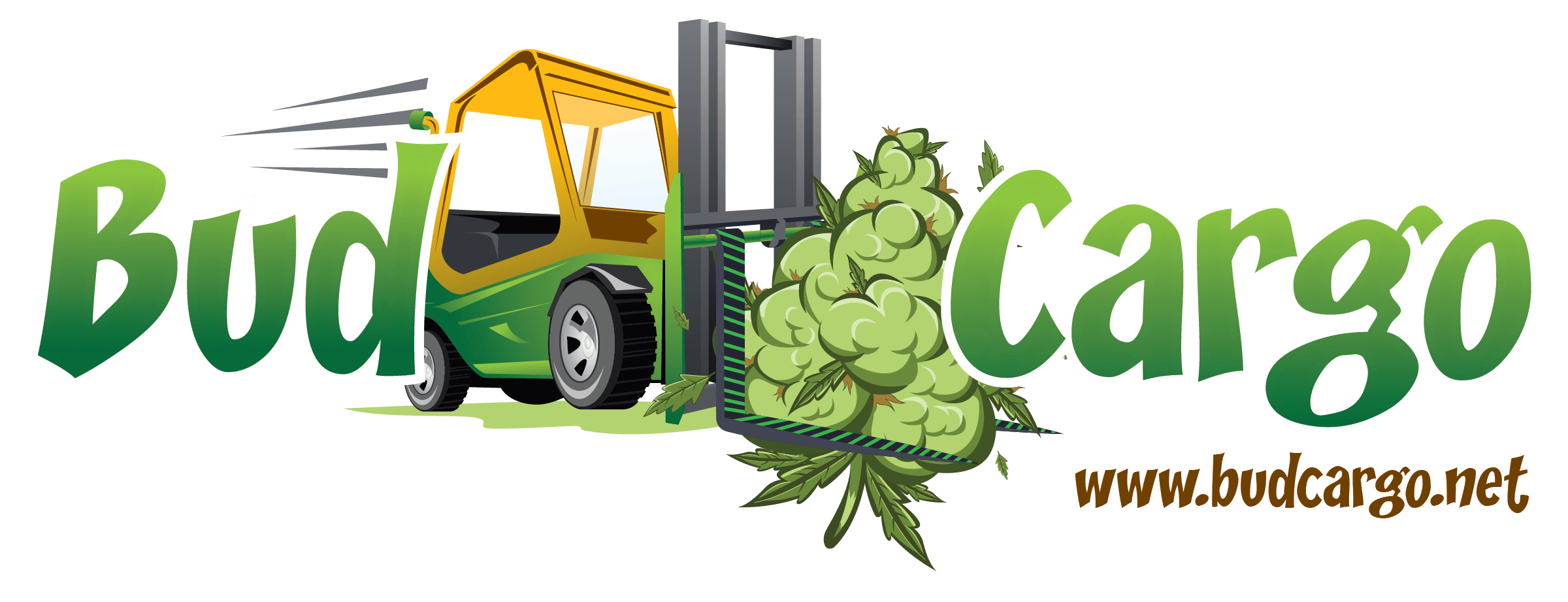
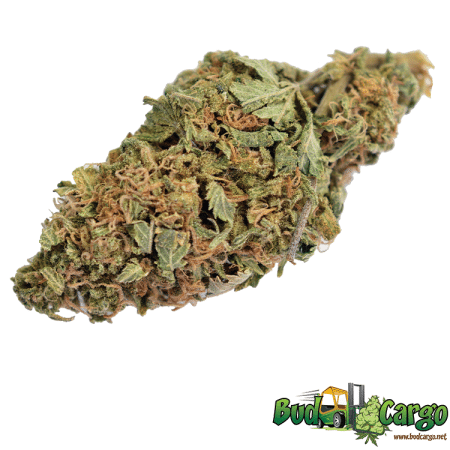
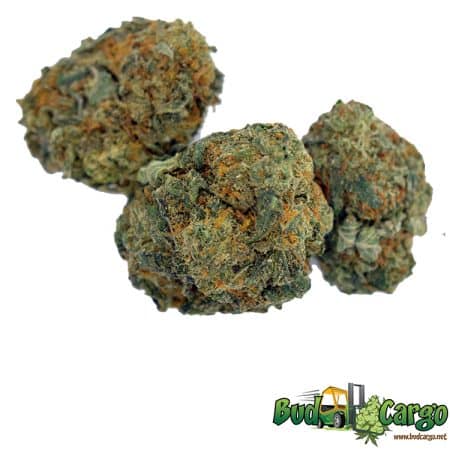
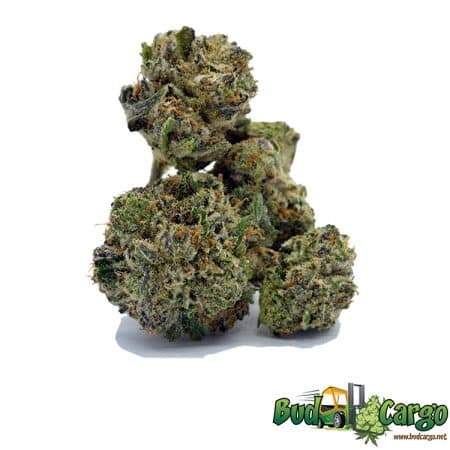
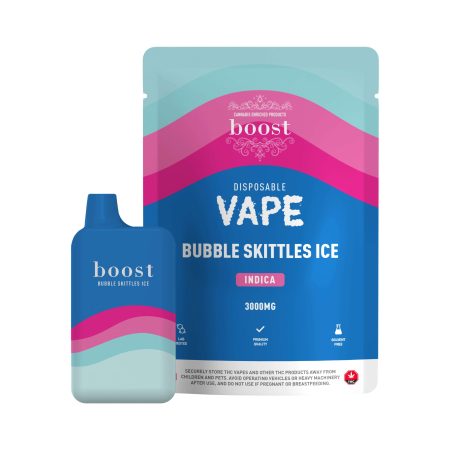
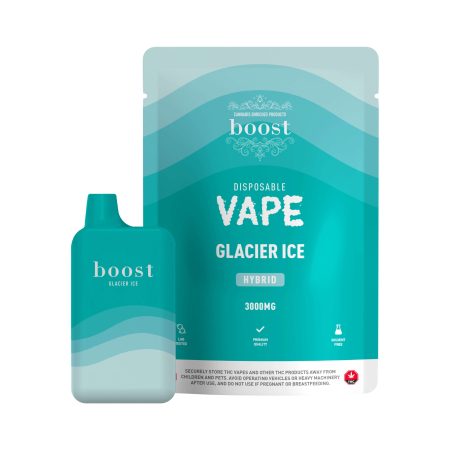
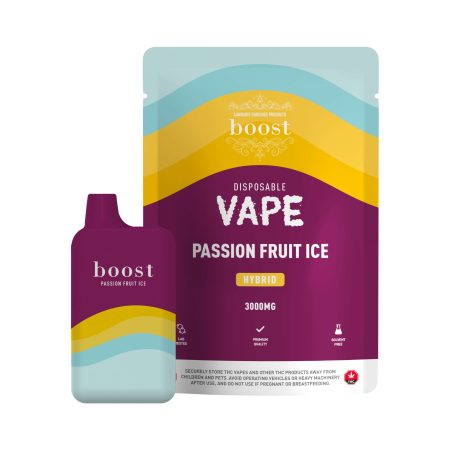
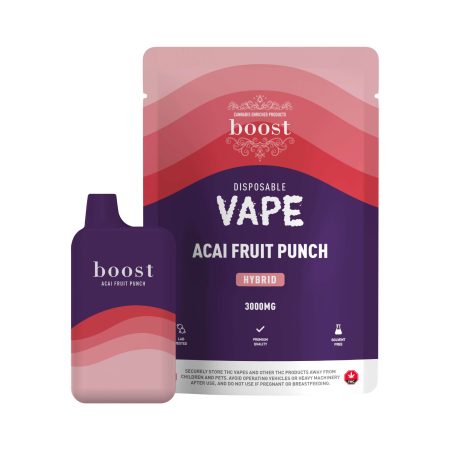
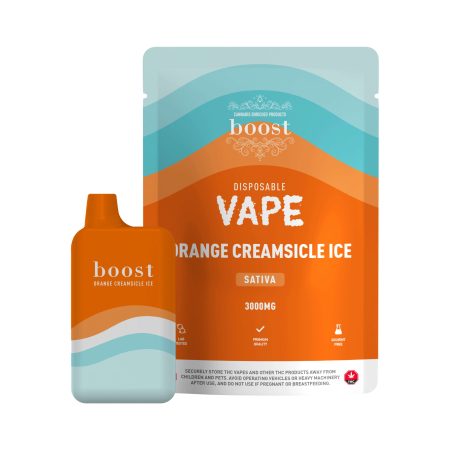
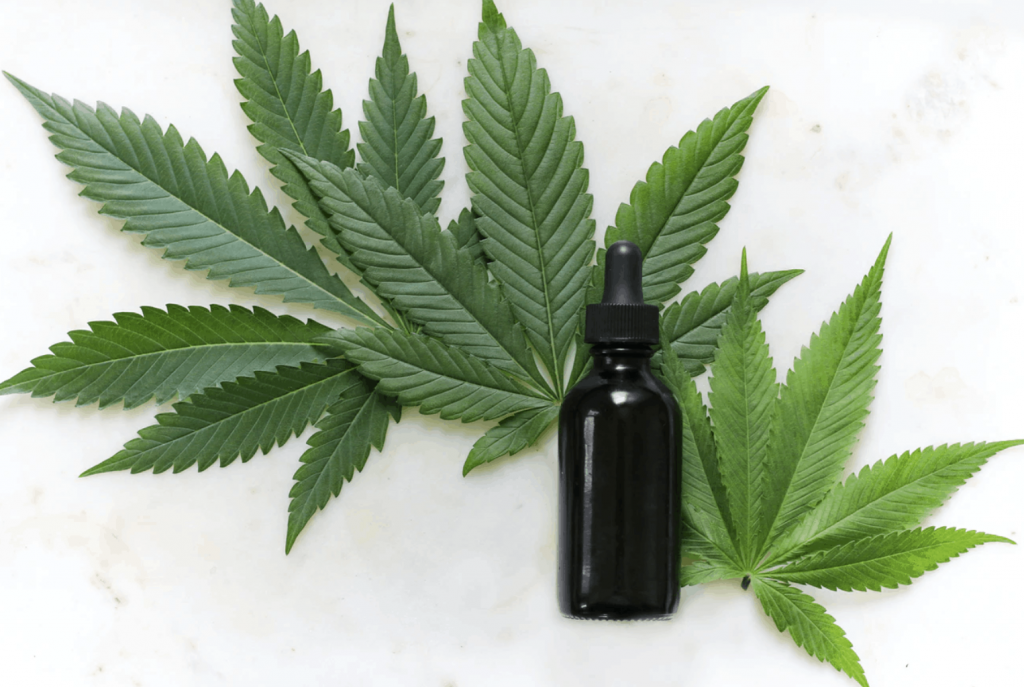






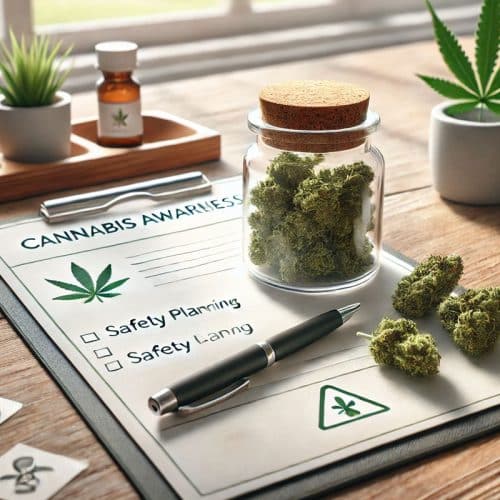

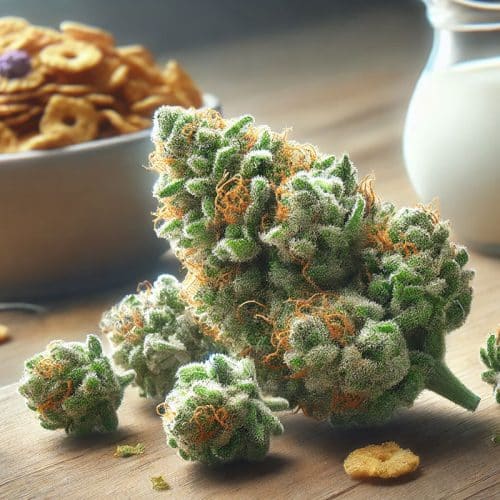
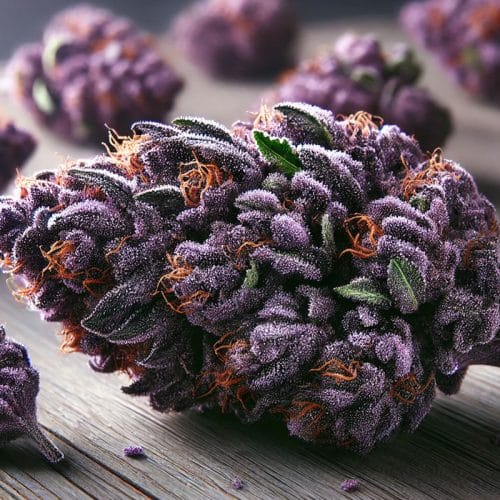
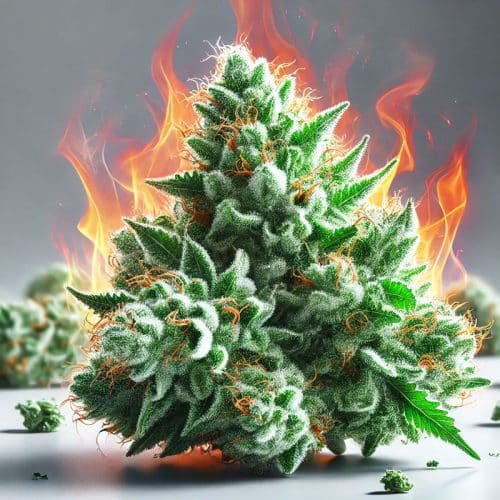




You must be logged in to post a comment.